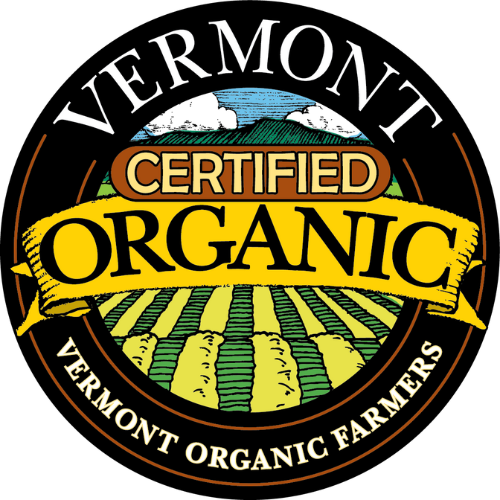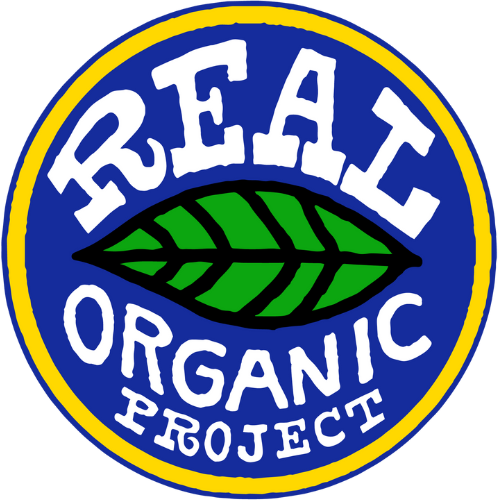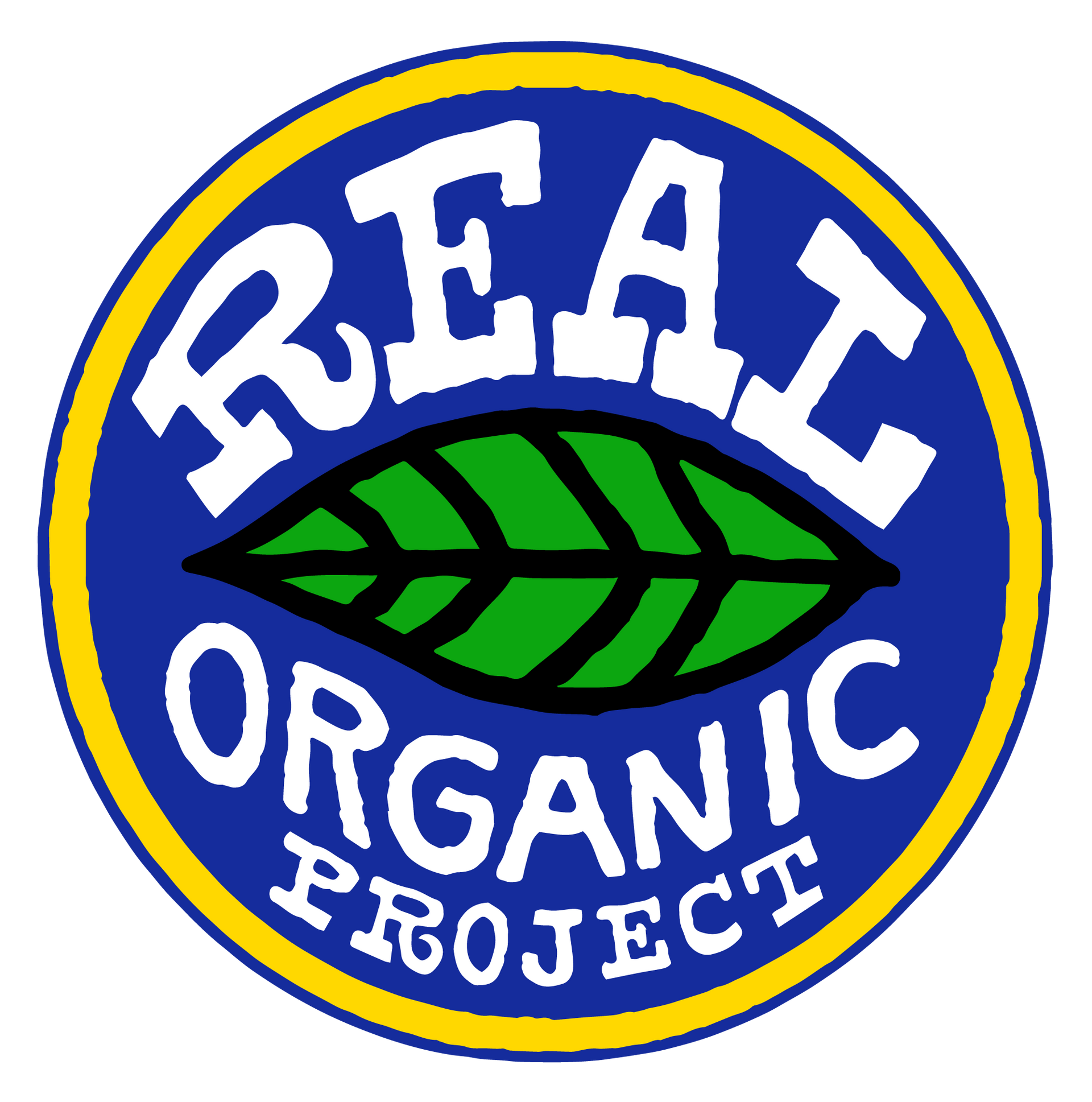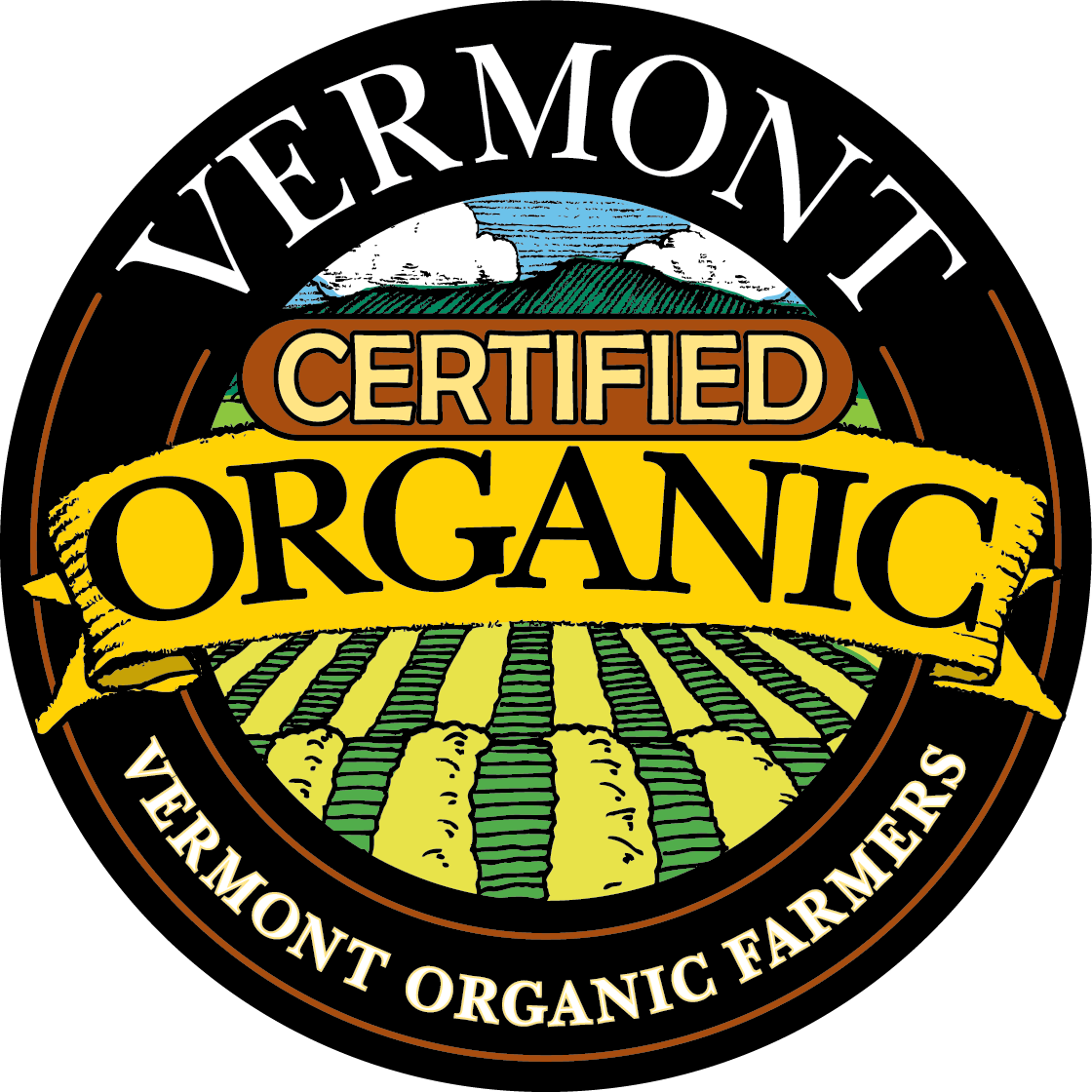Essentials for Keeping Your Icelandic Flock
O.K. Now you have put down your deposit on on your beautiful new starter flock of Icelandic sheep. But, all of a sudden you have a million questions about what you will need to keep your new flock. I will try to summarize here what I feel are the essentials for getting started. You will certainly collect more tools and equipment, etc. along the way, but having some basics on hand will make the job easier.
My article assumes that you have your shelter and barnyard fencing together, but if not, click on the highlighted links for each. Two things I would like to note here:
1) Icelandic sheep should have access to the outdoors all of the time, so total confinement is not an option in my opinion.
2) I would strongly encourage people to do barnyard fencing with woven wire.
All right, now on to the basics.
Books: These are some of my favorites.
Storey's Guide to Raising Sheep - Paula Simmons and Carol Ekarius
Managing Your Ewe - Laura Lawson
The Sheep Book - Ron Parker
Living with Sheep - Chuck Wooster
The Complete Herbal Handbook for Farm and Stable - Juliette de Bairacli Levy
Lamb Problems - Laura Lawson
Feeding and Watering
Many options should be available at your local feed stores.
Buckets:
We have quite a few different sizes and shapes of bucket and pails on hand. My favorites are the heavy duty rubber buckets. These are the ones that we use for water all year long, summer and winter. Since we don't use heaters in the winter, we have iced up water buckets twice a day. The heavy rubber buckets are the only ones that will hold up to smashing ice out of them. They last forever. We use the flatter, handleless variety for water. We also have several of the plastic variety with handles on hand. These are useful for giving water in the jugs. They also make a loud noise when you shake grain around in them -- sometimes you need to convince these sheep to do what you want.
Pans:
Again, what I like for pans are the heavy duty rubber ones. I have several of these on hand in different sizes for feeding minerals and grain to individual sheep -- mamas who have just lambed, or possibly a sick sheep who needs some extra nourishment.
Feeders:
Hay feeders come in many different shapes and sizes. You can buy feeders or make your own. All of the sheep equipment suppliers (see links on my resources page) offer many choices of metal feeders. We make our own feeders here using wooden frames and hog panel sections cut to size. We use a modified version of a Premier feeder. You can purchase a booklet of feeder plans for $3.00 from Premier, or they will send it for free if you buy panels from them. Whatever you choose for feeders, just make sure that you have adequate feeder space for sheep during the winter. Pregnant ewes and ewe lambs a minimum of 16-18 inches each of feeder space, if all of the ewes are to eat at once. I would rather see close to 24 inches per ewe, so that the more timid ones will feel more comfortable getting a space at the feeder.
Waterers:
Again, many different types of waters are available. We don't use any type of automatic waterer. Just the good, old-fashioned system of carrying water. I would love to have a nice set up with piped water all over the fields, big water trough with float valve, etc., but what I have right now works just fine. With the big rubber buckets, we change water twice a day. I really emphasize changing the water and cleaning the bucket out twice a day in summer. Germs can really multiply quickly with the warm summer weather, so scrubbing the edges of the water bucket is a wise idea.
Mineral Feeders:
Sheep need constant (daily) free-choice access to loose minerals. We also like to offer kelp for the trace minerals, and the sheep love it. We use a Sydell mineral feeder that is covered and rotates to keep the moisture out. This is what we use during the grazing season and move it from paddock to paddock. During the winter, we use simple (and cheap) plastic wall mount mineral feeders. We have the ones with two bins, so that we can put out the kelp and mineral mix side by side. Just be sure to situate your mineral feeders so that blowing rain or snow will not ruin the minerals.
Galvanized Storage Cans:
Pick up several of these. We have a bunch of these cans lined up and labelled with mineral mix, grain, alfalfa pellets, kelp, etc. They keep contents fresh and critters out.
Equipment
A few things I would recommend to start out with.
Panels:
Having 4 -6 panels on hand to start with will serve you well. They are so helpful for squeezing sheep into a small space when you need to work with them. And 4-6 panels can make up to 3 lambing jugs if you start with a corner and stay along the wall. We have metal panels that hook together, but one could easily make wooden panels. All of the major sheep equipment suppliers have lovely metal panels that hook together nicely at the corners. I like the ones that are 5 feet long by 40 inches tall.
Sheep chair:
Not absolutely necessary to have on hand from the beginning, but if you can afford one....get it. These chairs will make the job of trimming hooves much easier.
Tool box:
A medium sized tool box comes in handy for toting around "first aid" stuff and medicines.
Pitch fork and dung fork:
You will need these. One for clean hay, the other for moving dirty bedding.
Small stuff
Hoof Trimming Shears: These come in different sizes. Female shepherds should look for smaller sized trimmers.
Drenching Gun: For administering oral liquid medicines. You can find these in any of the supply magazines, or possibly at the feed store locally.
Scale: We use two scales, one for weighing lambs and the other for weighing our skirted fleeces. I know that several of the suppliers offer a few options for hanging scales for weighing lambs. For weighing fleeces, we use a postal scale.
Sling: Only really necessary come lambing time. Use for carrying little lambs, and weighing.
First Aid Kit and Injectables
Most can be ordered online from Jeffers, PBS or other livestock supply companies.
Digital thermometer
Antiseptic scrub
Disposable latex gloves
Hoof trimmers
Flashlight with extra batteries
Frothy bloat treatment (for bloat and constipation in ruminants)
Gauze dressing pads
Hydrogen peroxide
Lubricant for the thermometer (i.e., petroleum jelly)
Oral syringe - Drenching gun (for dosing medications by mouth)
Pocket knife
Scissors (for cutting dressings)
Self-stick elastic bandage, such as Vetrap
Sterile saline solution (for rinsing wounds and removing debris from eyes)
Syringes (without the needle, for flushing wounds, etc)
Tweezers
Udder ointment (We use Udder Comfort from PBS)
Wire cutters
Wound ointment/spray (Check the label if you plan to use the product for meat and dairy animals.)
Hydrogen peroxide
Injectable vitamins: Vitamin B complex fortified, Vitamin A, D, E and Vitamin C
Syringes and needles. 18 and 20 gauge needles. 1/2, 3/4 and 1 inch lengths.
BoSe (injectable seleium and E) is a must have. Get it from your vet.
CDT vaccines
Tri-iodine, or other strong iodine.
A good Dewormer—You never want to be caught with a sheep that is suffering with a high parasite load and you have no way to treat it fast. Many dewormers are not available in the local feed store and must be ordered online. Find out which ones are effective for you (many are no longer effective due to parasite resistance) and always have it on hand.
Sel Plex Selenium yeast.
Ketonic, Sheep Nutri Drench or other similar product. (Lancaster Agriculture has many excellent products.)
Rescue Remedy spray
Portable (Temporary) Fencing:
We use a lot of portable netted fencing. It is really necessary for practicing rotational grazing. We highly encourage all of you to practice MIG -- it is highly beneficial for your Icelandic sheep and for your pastures. I would recommend four to six rolls of netted fence to start. We use the longer rolls. I prefer the 42" height. Follow the links on the Resources page for fencing suppliers.
So, this is a list of sheep stuff that will set you up pretty well for being prepared for your new flock. As you go along, you will probably find some additional things you think will we helpful in your situation.
